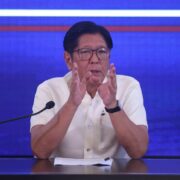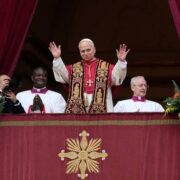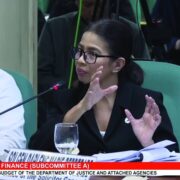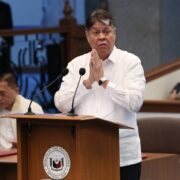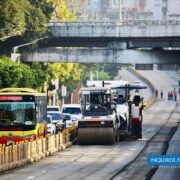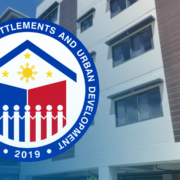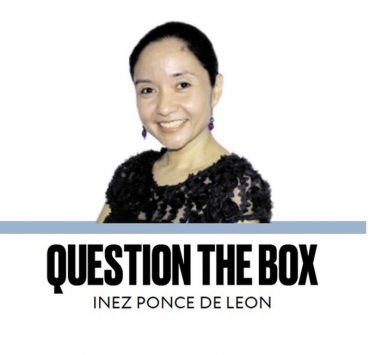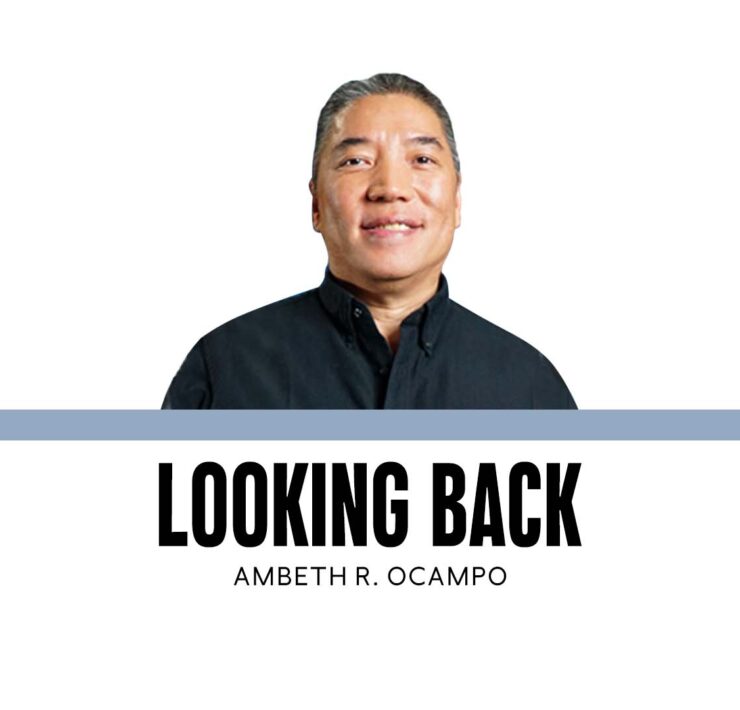19th century elections
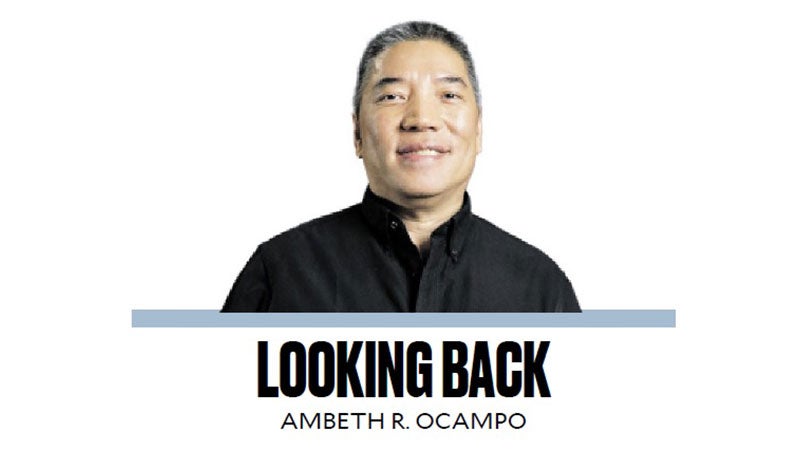
I had my first taste of elections in the grade school classroom. We wrote out the ballots, the teacher read the names aloud, and classmates made a tally on the blackboard. No election protests. Fast-forward to last Sunday in Barangay Urdaneta, Makati: I shaded circles on a ballot, fed it into a machine, read the receipt, had indelible ink dropped on my finger, and I was out in less than 15 minutes. Venue was air-conditioned and even had water dispensers and instant coffee available. From complaints I read online, I can only wish my experience were the standard, not the exception.
Automated elections make unofficial results available faster than ever before. While there are understandable fears about cheating with machines or computer programs, I would not want to go back to physically counting paper-and-pen ballots. Landslide victories can be validated with physical votes; it’s the close races that are contentious. My question is—how come Pinoys abroad can do absentee voting? Why is that denied to us in the Philippines? Why vote on the same day? Why not online over a weekend so there is no need to declare a holiday for citizens to do their duty?
Municipal elections were far different in the Spanish colonial period. In 1985, the late Glenn Anthony May, a historian of the Philippines, teased the civic ritual from 19th-century archival documents on a municipal election in Batangas. He concluded that since the Spanish colonial government didn’t have the manpower to oversee elections outside and far from the walls of Intramuros, they relied on Filipino “gobernadorcillos” elected to collect taxes, supervise public works, maintain government buildings and offices, even pass judgment on petty criminal cases. The process for their election, usually in April, began with an order from the provincial governor to inform all eligible men to participate in elections at a given date, time, and place. Electors were all male, drawn from the so-called “principalia,” led by the gobernadorcillo and the “cabezas de barangay” [barangay heads], from former cabezas de barangay called “cabezas reformados” and former gobernadorcillos or “capitanes pasados.” Their title was not naval but civil as in Kapitan Tiago in Rizal’s Noli. Not all eligible participants were allowed to vote. Those who owed taxes or were facing criminal complaints were disqualified.
Come election day, the provincial governor and staff arrived at the “municipio” and were greeted by the town notables: the principalia, capitanes pasados, and even the parish priest. The electoral rules and procedures were read out, not in Spanish but “in the language of the province.”
Then a “sorteo” was drawn by lots; that is, 12 men, together with the incumbent gobernadorcillo, who would vote that day. Six of the 12 were drawn from current cabezas de barangay, the remainder from the capitanes pasados and cabezas reformados. Ballots or “papelitas” were prepared with the names of all eligible men written on slips of paper. These were placed in two urns: one for the incumbents, the other for former officials. Then a boy, who by law, should not be older than 7 years of age, drew six slips from each of the two urns.
Like the recent conclave, it started with the order “extra omnes.” A signal was given for everyone in the room to leave, with the exception of the 13 electors, the provincial governor, the scribe, and the parish priest. The governor then gave a speech explaining the importance of the election, reminding the electors to discard “all personal interest, all particular preference, and all party spirit, being directed only by their concern for the well-being of the townspeople and the proper administration of the town.” Those elected should be “most meritorious, most capable, most honorable, and most zealous in their service to [both the Crown and the Church].”
Only the post of gobernadorcillo required a written ballot from each of the electors containing their first and second choices. From these, a “terna” was tallied: the first was the one who got the highest number of votes, second was the runner-up, and third was the incumbent gobernadorcillo. After this, four members of the municipal tribunal were selected: “teniente mayor” [like a vice gobernadorcillo], “juez de policia” [superintendent of police], “juez de ganados” [superindentent of livestock], and “juez de sementeras” [superintendent of fields].
The provincial governor, scribe, and parish priest then went to a public place to read out the election results to the principals. Afterward, objections to an elected official were heard. Then, reports were collected on the elected officials and transmitted to the provincial governor, who then passed on the file—including the ballots and his recommendations—to the governor-general.
Despite this elaborate ritual, the political reality uncovered by Glenn May was that the top winners in 14 of 42 elections were not confirmed by the governor, who decided on his own. All that ritual was for nothing.
Ambeth is a Public Historian whose research covers 19th century Philippines: its art, culture, and the people who figure in the birth of the nation. Professor and former Chair, Department of History, Ateneo de Manila University, he writes a widely-read editorial page column for the Philippine Daily Inquirer, and has published over 30 books—the most recent being: Martial Law: Looking Back 15 (Anvil, 2021) and Yaman: History and Heritage in Philippine Money (Bangko Sentral ng Pilipinas, 2021).



